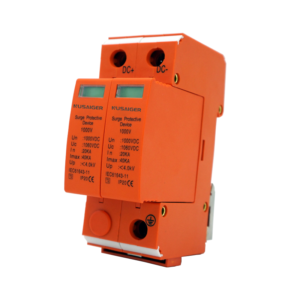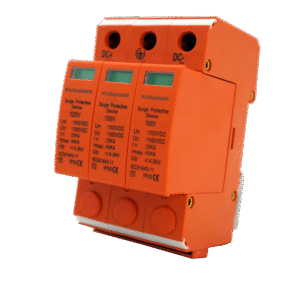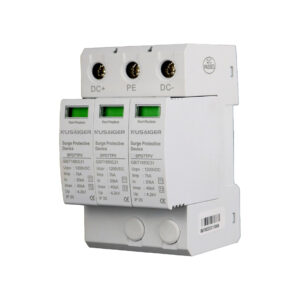Introduction: Surge Protection in the Modern World
With more connected devices and increasing weather-related electrical threats, selecting the right SPD is more important than ever. Here’s a detailed guide to help you choose wisely.
Factors to Consider When Choosing an SPD
Voltage Rating: Match the SPD to the system voltage (e.g., 120V, 230V, etc.).
Short-Circuit Current Rating (SCCR): Ensure the SPD can withstand fault currents from the supply system.
Maximum Continuous Operating Voltage (MCOV): This is the maximum voltage the SPD can handle without degrading.
Surge Current Capacity: Measured in kiloamps (kA), it indicates how much energy the SPD can safely divert.
Clamping Voltage: The voltage at which the SPD activates. Lower clamping voltage = better protection.
Response Time: The faster the better; milliseconds or even nanoseconds matter.
Certifications and Standards
Look for SPDs compliant with:
UL 1449 (North America)
IEC 61643-11 (International)
NEMA ratings for enclosure protection
Choosing by Application
Home: Type 2 SPD at panel + Type 3 at critical outlets
Office/Data Center: Layered protection with monitoring features
Industrial: High surge capacity, rugged enclosure, remote signaling
Installation Tips
Always install SPDs as close as possible to the protected device.
Keep wiring short and straight to reduce impedance.
Consult a licensed electrician for panel-level SPDs.
Common Mistakes to Avoid
Buying SPDs based on price, not performance
Not replacing SPDs after major surges
Ignoring grounding and bonding requirements
Conclusion
The right SPD is not a luxury—it’s a necessity. Evaluate your needs, understand key specs, and invest in quality protection to ensure long-term safety.



